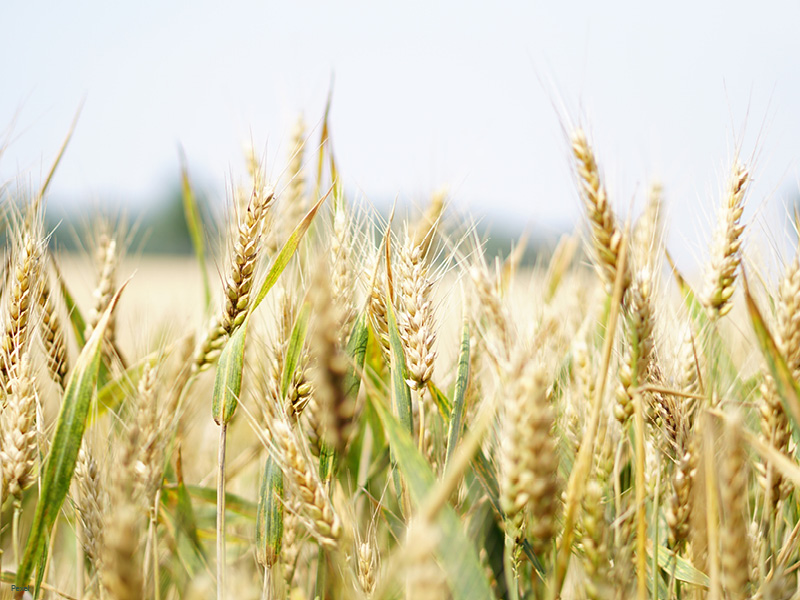Wood powder firing in directly heated grain dryers for increased resource efficiency and lower CO2-emissions

Wood powder fired grain dryers pose low risk to food safety
In this project, a test dryer for grain has been developed that uses wood powder as fuel instead of fossil-based gas fuels. Changing to wood powder could be a way of accessing climate benefits without having to impement major technical changes to current equipment. Also, thorough testing showed no risk to food safety with drying grain with wood powder.
Every year, millions of tons of grain are harvested in Sweden that need to be dried before storage. This must be done in a way that does not compromise food safety.
For the most energy-efficient drying technology, direct-heated grain dryers, current regulations only allow natural gas and propane as fuel. However, significant climate benefits could be achieved if bio-based fuels were also allowed.
In this study, a test dryer has been developed, connected to a combustion facility using wood powder as fuel. The wood powder has been produced by grinding down wood pellets with low ash content. The diluted flue gases from combustion have been used to directly dry the grain, and samples have been taken of the flue gases, wash water from grain cleaning, and the grain itself.
The results show that the levels of most critical substances in the samples have been so low that they could not be traced, meaning that the values were below the detection limit.
Of the toxic metals examined in the grains after drying, only cadmium, and in one case lead, were found in concentrations above the detection limit. Cadmium levels before and after drying were the same, regardless of whether propane or wood powder was used as fuel. Thus, the cadmium content is not affected by flue gases from wood powder.
No major technical changes to the equipment currently used would be required if wood powder was to become allowed as fuel in direct-heated grain dryers. Provided that food safety can be ensured, it offers a relatively accessible climate benefit that would also reduce dependence on fossil-based gas fuels. The solution could be attractive in an international market, benefiting the export of Swedish technology.

Susanne Paulrud
RISE Research Institutes of Sweden
Project information
Participants
RISE Research Institutes of Sweden
RISE Energy Technology Center
World Thermal Service Nyköping
Lantmännen ek för
Schedule
January 2022 – December 2022
Total project cost
892 596 SEK
The Swedish Energy Agency's project number
2021-00144
More projects

Fossil-free multicopter for heavy lifting
In recent years, drones have become popular and are beeing used in various applications in society. However, there is a lack of…
Manager: Mikael Hult
Ongoing

Development of bio-sustainable binder for battery electrode manufacturing
Polyvinylidene fluoride (PVDF) binders make up around 2-3% of a lithium-ion batteries (LIB) electrode’s mass and are crucial for battery integrity, safety,…
Manager: Jinhua Sun
Ongoing

Paulownia – A new possibility for energy and climate transition in Sweden
How can Paulownia be commercially grown in Sweden? This project has investigated what is needed to succeed in cultivating Paulownia in Sweden….
Manager: Jarmo Spiik
Completed: 2023-04-28


